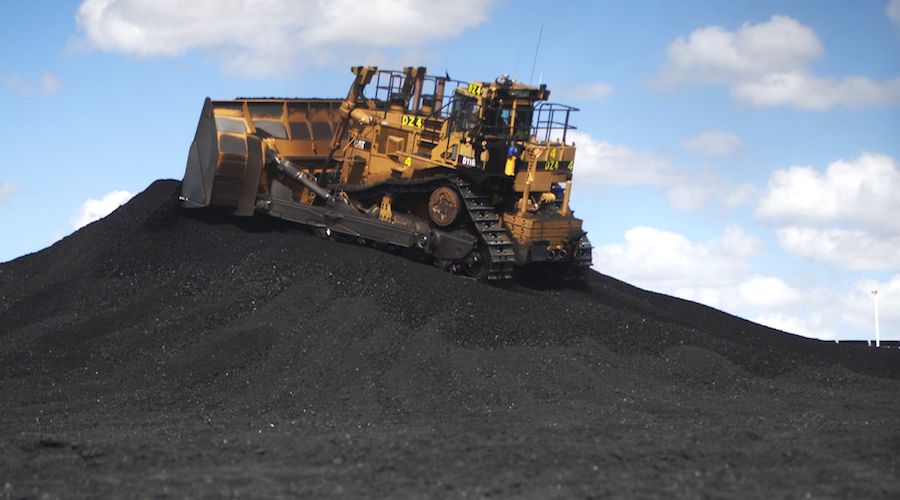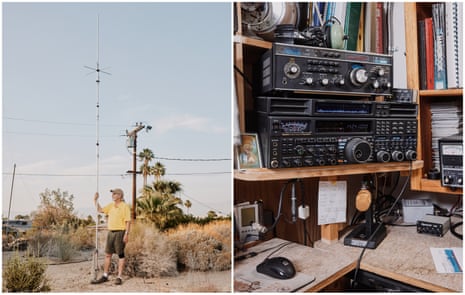Conoco To Box Suncor Out Of Oil Sands Deal
- ConocoPhillips will snap up TotalEnergies' 50% stake in the Surmont oil sands field.
- The deal keeps Suncor from buying into the project.
- ConocoPhillips said on Friday that it will purchase the assets for $3 billion and up to $325 million in contingent payments.
ConocoPhillips will snap up TotalEnergies' 50% stake in the Surmont oil sands field for more than $3 billion in a move that will prevent Suncor Energy from buying into the project.
"We look forward to leveraging our position as 100 per cent owner and operator of Surmont to further optimize the asset while progressing toward our overall interim and long-term emissions intensity objectives," ConocoPhillips CEO Ryan Lance said in a Friday statement.
ConocoPhillips said on Friday that it will purchase the assets for $3 billion and up to $325 million in contingent payments on a deal expected to close in the second half of 2023.
Last month, Suncor was said to be looking to make a $4.1 billion deal to acquire French TotalEnergies' Canadian operators, which included a 31.23% interest in Canada's Fort Hills oilsands project and a 50% working interest in Surmont. ConocoPhillips operates the Surmont site, and has the right of first refusal.
"This transaction represents a major step in securing long-term bitumen supply to our base plant upgraders at a competitive supply cost," Suncor CEO Rich Kruger said in a press release last month in reference to the deal. "These are valuable oilsands assets that are a strategic fit for us and add long-term shareholder value."
The deal was expected to close in the third quarter of this year.
Suncor could still go ahead with the Fort Hills portion of the sale, although technically, it could back out of the entire deal now that the terms of the deal have changed, as could TotalEnergies.
Each of the parties has the right to terminate the agreement under which Suncor would acquire TotalEnergies' Canadian operations and Suncor will be assessing the transaction in light of this change," Suncor said in a Friday press release.
By Julianne Geiger for Oilprice.com
ConocoPhillips to buy rest of Canada's Surmont oil site, bumping Suncor
Reuters
Mrinalika Roy and Rod Nickel
Published May 26, 2023 • 1 minute read
ConocoPhillips said on Friday it was buying the 50% stake in the Surmont oil facility held by TotalEnergies’ Canadian subsidiary for about $3 billion, giving it full ownership and elbowing away rival Suncor Energy.
Canada’s Alberta oil sands hold some of the world’s largest crude reserves, which appeal to cash-flush producers looking to bolster production.
Suncor last month agreed to buy TotalEnergies’ Canadian operations for C$5.5 billion ($4.11 billion), including Total’s 50% stake in Surmont, which ConocoPhillips operates.
But ConocoPhillips, which held the other 50% stake, held right of first refusal to buy the rest of Surmont. Conoco’s decision to exercise that right is a setback to Suncor’s plans to boost its long-term bitumen supplies to replace its aging Base Mine.
Suncor, in a statement, said its deal with Total was conditional on ConocoPhillips waiving its right of first refusal, and it is now re-assessing the transaction.
Conoco’s pending decision had stirred speculation about whether it would exercise its option, but investors seemed to favor buying Surmont, given its returns, RBC Capital Markets said in a note.
Conoco shares eased, while Suncor stock was down 1.3%.
ConocoPhillips expects the transaction to add about $600 million of annual free cash flow in 2024.
The deal, expected to close in the second half of 2023, will be funded either through cash, short- and medium-term financing, or a combination, ConocoPhillips said.
($1 = 1.3372 Canadian dollars) (Reporting by Mrinalika Roy in Bengaluru and Rod Nickel in Winnipeg; Editing by Anil D’Silva and Leslie Adler)


















